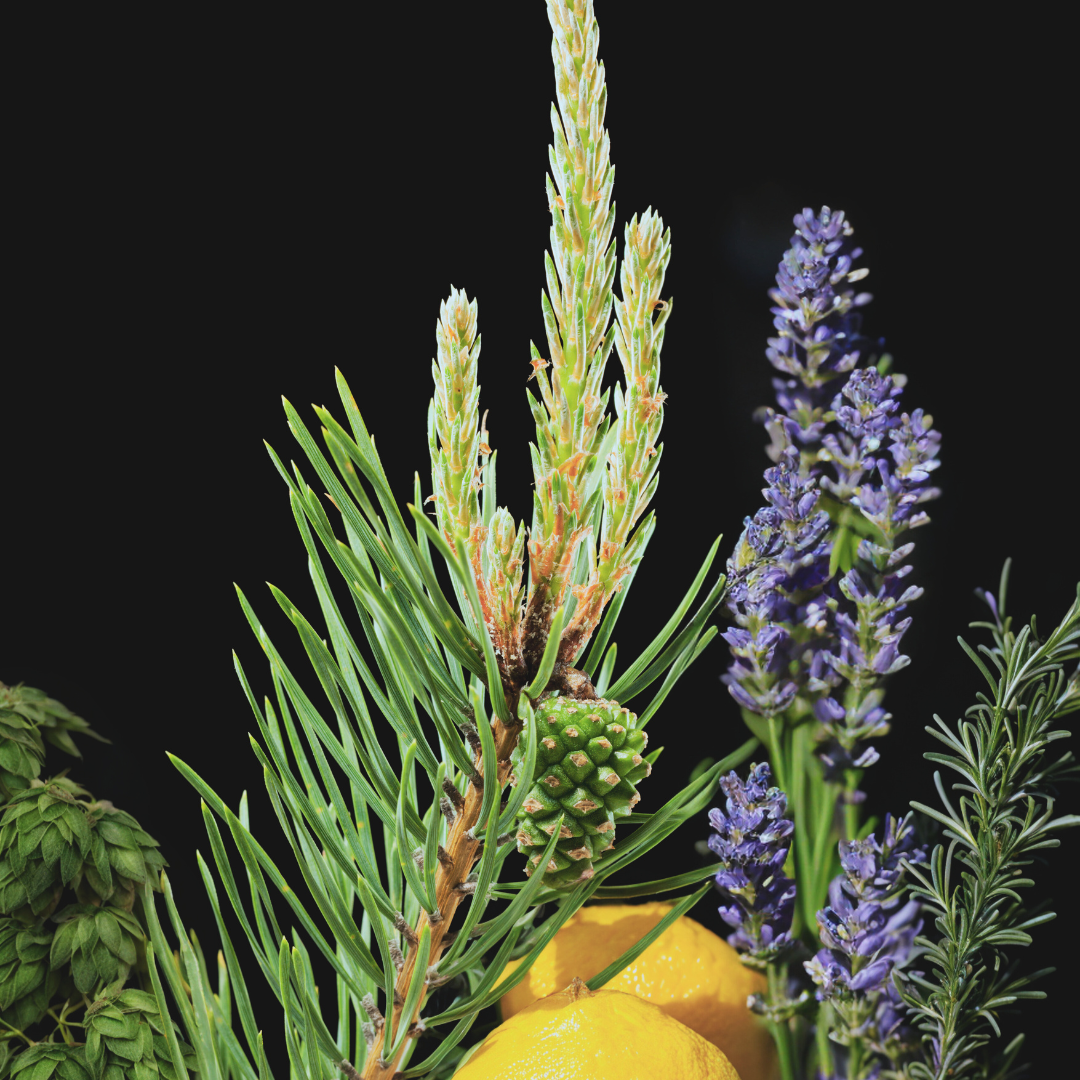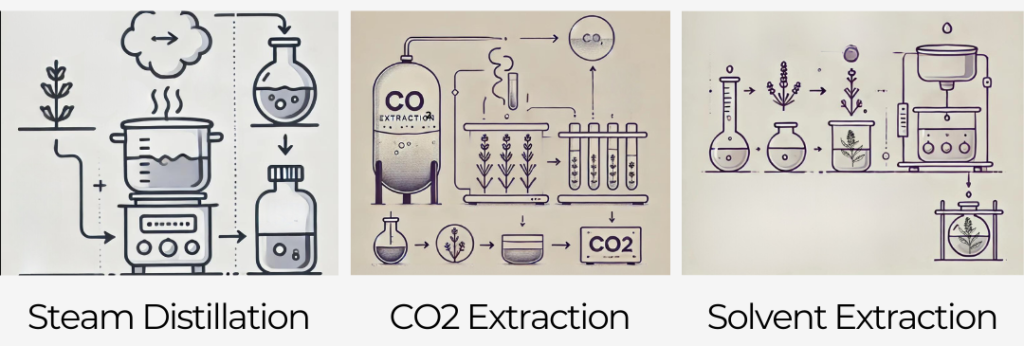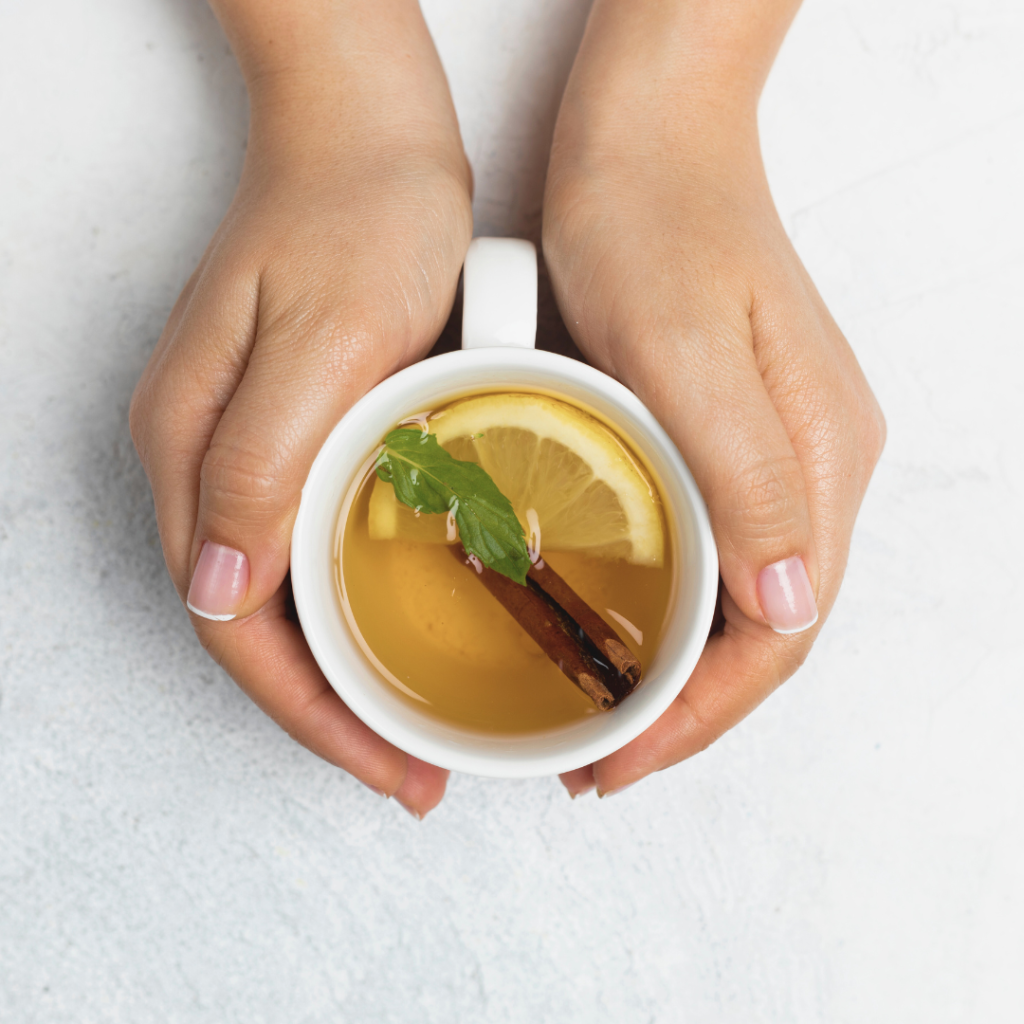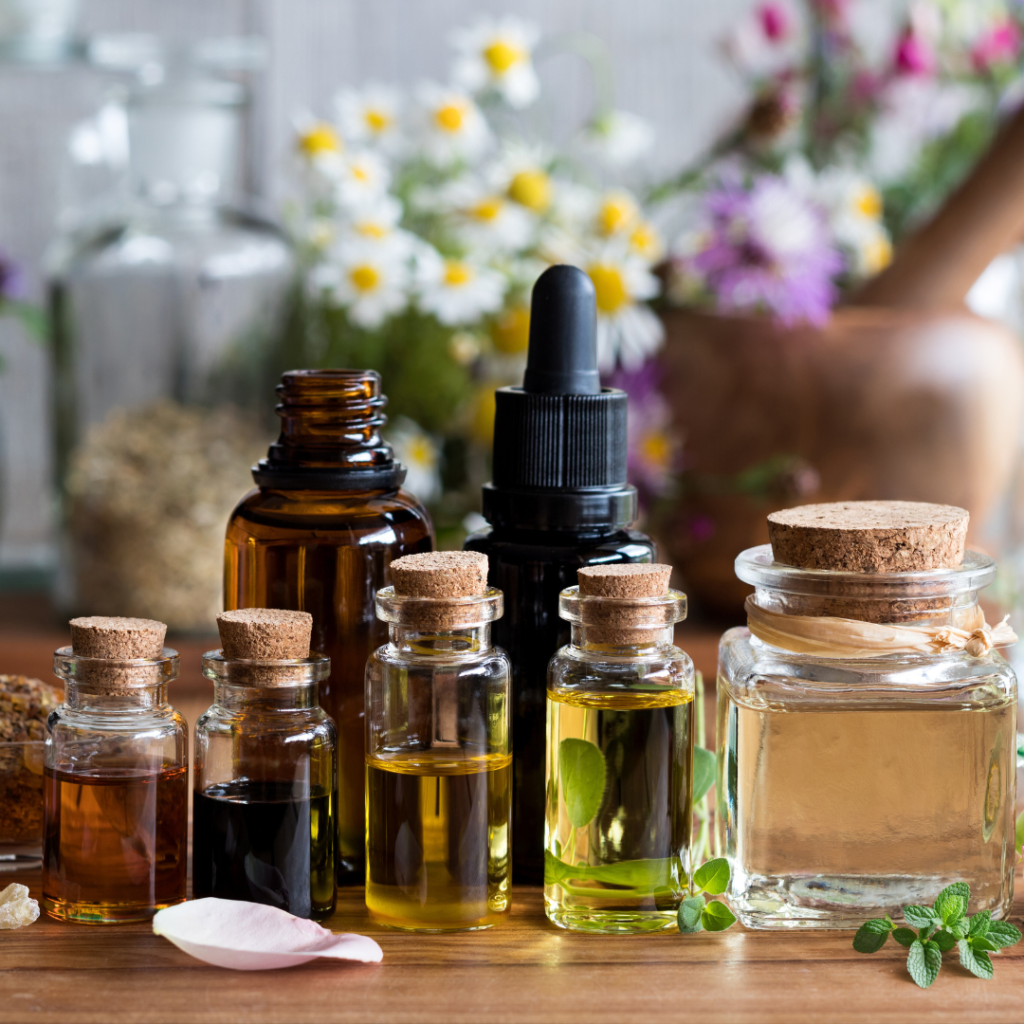
Terpenes are frequently overshadowed by other botanical cannabinoids, but they still play an important role in herbalism and many other fields.
These incredible organic compounds are responsible for the diverse aromas and flavors in plants and have a range of uses, from enhancing herbal products to elevating food and beverages.
Let’s dive into the fascinating world of terpene infusion and explore how these natural wonders can be utilized in a variety of ways.

Terpenes are a diverse class of organic compounds produced by many plants, particularly herbs, conifers, and some flowers. These are the primary parts of essential oils and are what give many botanicals their distinct smells. For example, the refreshing scent of pine, the floral notes of lavender, or the zesty aroma of citrus fruits all come from terpenes.
In the world of plants, terpenes serve multiple purposes. They can protect plants from pests and environmental stressors, attract pollinators, or help the plant adapt to its environment. For us, however, their main appeal lies in their aroma, flavor, and the way they enhance our sensory experiences.
For a deeper dive into some of the most common terpenes and how they influence aroma, flavor, and overall sensory experiences, check out our detailed guide on understanding terpenes and their unique properties.
People have been using terpenes for thousands of years, long before we even had a word for them. Ancient civilizations harnessed the power of terpene-rich plant resins in everything from perfumes and incense to herbal remedies. These aromatic compounds were valued across cultures, whether in the Mediterranean, Asia, or the Americas.
Terpenes are built from isoprene units—a five-carbon molecule. These units come together in various configurations to create the different types of terpenes found in nature.
The most common types include monoterpenes, found in essential oils like lavender and citrus, and sesquiterpenes, commonly found in herbs such as hops and ginger.
Over 20,000 terpenes have been identified so far, each contributing to the diverse aromas and flavors we experience in plants.

Among the many terpenes found in nature, several stand out for their distinct aromas and uses.
Limonene, with its fresh, citrusy scent, is commonly found in citrus fruits and is often used in natural cleaning products and perfumes.
Pinene, found in pine needles, rosemary, and other herbs, offers a sharp, woodsy aroma that feels invigorating.
Linalool, famous for its presence in lavender, has a light, floral scent and is commonly used in aromatherapy.
Meanwhile, myrcene, found in hops, thyme, and other plants, provides an earthy, musky aroma often associated with herbal products.
For a deeper dive into how terpenes contribute to the distinctive aromas and flavors of various herbs and botanicals, check out our blog on The Role of Flavorants in Shaping Herbal Experiences.

Several methods are used to extract terpenoids from plants.
Steam distillation is one of the oldest and most common techniques, where steam passes through plant material to vaporize the terpenes, which are then condensed into a liquid.
Another method, CO2 extraction, uses pressurized carbon dioxide to extract pure and unaltered terpenes, making it a popular choice in many industries.
Solvent extraction uses solvents like ethanol or hexane to dissolve the plant material, after which the solvent evaporates, leaving concentrated terpenes behind.
Terpene infusion is the process of adding terpenes to products such as herbal blends, food, beverages, or even cosmetics. This enhances a product’s aroma and flavor, enriching the overall sensory experience. For instance, adding limonene to a tea blend can introduce refreshing citrus notes, while pinene can add a sharp, woodsy touch to an herbal tincture.
There are various ways to infuse terpenes into products, depending on the desired outcome. One approach is direct addition, where terpenes are added directly to products such as herbal blends to enhance their aroma or flavor.
Infusion during manufacturing involves incorporating terpenes into the product formulation during its creation, while post-production infusion involves spraying or mixing terpenes into a finished product to boost its aromatic qualities.
Terpenes offer more than just pleasant aromas and tastes—they can enhance the overall experience of various products. One of the most significant benefits of terpene infusion is the enhancement of flavor and aroma.
Whether adding citrus notes to tea or creating a fresh scent in a topical oil, terpenes elevate the sensory experience. In the world of herbal and aromatherapy, terpenes like linalool are incorporated into essential oils for their calming properties, making them popular for relaxation rituals.
For those looking to boost energy and focus, certain terpenes are known for promoting alertness, making them ideal for daytime use. To explore these effects in more depth, check out our blog on Boosting Your Day with Terpenes for Energy and Focus for more insights.

Terpenes play a significant role in everyday products, especially in the food, beverage, and cosmetics industries.
In food and beverages, terpenes like limonene add natural flavors to products, providing a refreshing citrus note in sodas or teas.
Terpenes also contribute to the natural fragrance of many cosmetics, enhancing the overall user experience with their distinct, botanical aromas.
As interest in natural and botanical products continues to grow, so does the potential for terpene infusion. Ongoing research is uncovering new applications, from personal care to culinary uses.
With innovations in extraction and infusion techniques, the future of terpenes looks promising, opening doors to new products and experiences across industries.

Whether you’re looking to elevate an herbal product or simply add more depth to everyday items, terpenes bring an exciting and natural element to the experience.
As research continues, we can expect to see even more creative applications for terpenes in the products we use daily, making them an exciting component in the world of natural ingredients.
Interested in purchasing a convection vaporizer? Check out the full line of products on the Rite Innovations storefront.
This blog is for informational purposes only and does not represent the views of Rite Innovations. The insights shared are anecdotal and not universally applicable. The FDA has not evaluated the statements about herbal products, and we recommend consulting with a physician before consuming them. These products are not intended to diagnose, treat, cure, or prevent diseases. Support for claims made on this website is available upon request. This article is not intended as legal advice.
Sign up for our newsletter to get the latest from the Rite Innovations team.